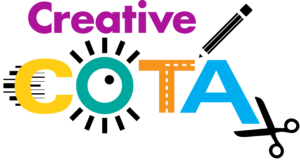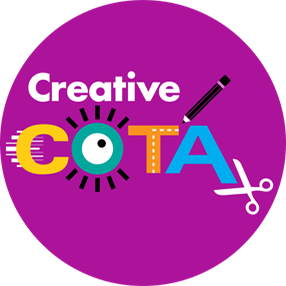
(This post contains Amazon Affiliate Links. I will receive a small commission if you use the link to purchase a product. There is no additional cost to you.)
In the dynamic realm of education, finding strategies to enhance student focus and streamline classroom management is an ongoing pursuit. One proven method gaining widespread acclaim is the incorporation of gross motor brain breaks throughout the day.
Not only do these breaks inject an element of fun into the learning environment, but they also serve as powerful tools to boost student focus, improve classroom management, and facilitate effective learning. In this blog post, we will explore the myriad benefits of integrating gross motor activities, shedding light on how movement and self-regulation can elevate students’ social-emotional skills.
Unlocking the Potential of Gross Motor Brain Breaks: Exercise’s transformative impact on cognitive function is well-established, with increased blood flow to the brain correlating with improved learning outcomes. Introducing gross motor games as strategic movement or brain breaks within the classroom provides a practical solution to harness these benefits. As educators, our goal is to create an environment where students not only absorb information effectively but also actively engage with the learning process.
Improving Focus and Classroom Management: The link between physical activity and enhanced concentration is a cornerstone of effective teaching. Gross motor brain breaks offer a refreshing pause in the academic routine, allowing students to expend pent-up energy and refocus on the task at hand. By integrating these breaks strategically, educators can witness a notable improvement in student focus, leading to more productive learning sessions and streamlined classroom management.
Enhancing Social-Emotional Skills Through Movement: Beyond the immediate benefits of improved focus, gross motor activities play a pivotal role in enhancing students’ social-emotional skills. Movement and self-regulation activities are essential components of a holistic approach to education. These activities empower students to manage their emotions effectively, promoting a positive and supportive learning environment.
Classroom Management Tools for Effective Teaching: Games and activities tailored to incorporate gross motor elements serve as invaluable tools for classroom management. As educators, we understand the importance of maintaining a conducive learning atmosphere. Well-planned, engaging activities not only serve as effective teaching aids but also act as transitions between lessons, fostering a seamless flow in the classroom.
The Fun Factor: Perhaps the most enjoyable aspect of gross motor brain breaks is that they are just plain fun! As educators, infusing elements of enjoyment into the learning process is vital for sustaining student engagement. By turning breaks into moments of lighthearted play, we create an environment where students eagerly anticipate these intervals, making the overall learning experience more enjoyable.
Why should you incorporate movement into your classroom?
- Providing gross motor brain breaks throughout the day can improve student focus and help with classroom management.
- Exercise can increase blood flow to the brain and help students learn more effectively.
- Gross motor games as a movement or brain break in the classroom get your students moving to improve focus.
- Movement and self-regulation activities can enhance your students’ social-emotional skills for learning.
- Games and activities can be great classroom management tools to get back to teaching.
- and they are just plain fun!
Make it more fun with a giant foam die or dice popper.
Add a challenge by using a number die.

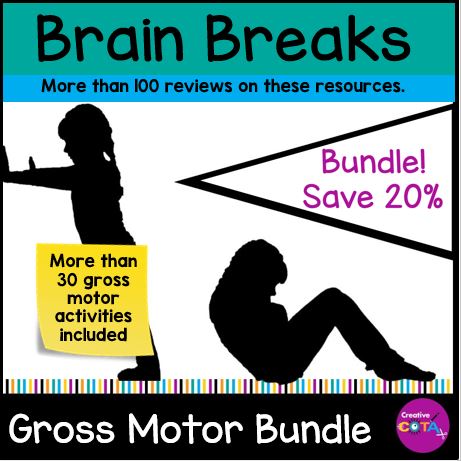

Check out my Free Resource Library for more.
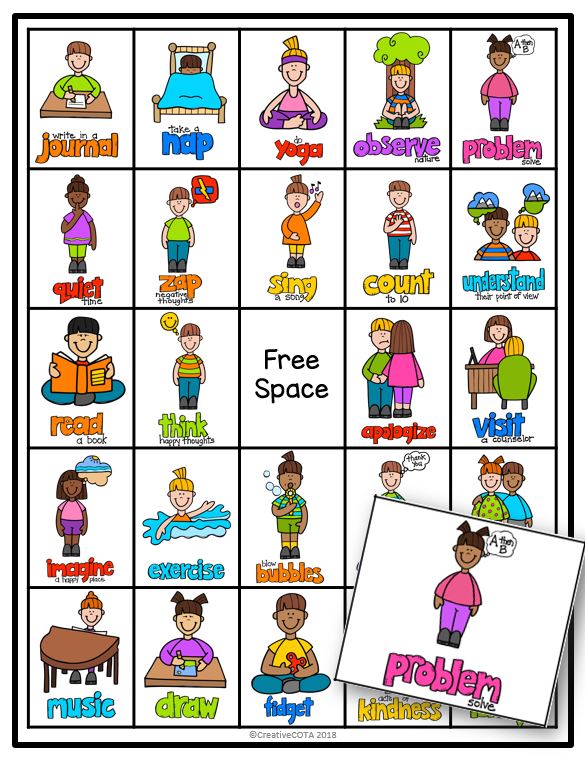
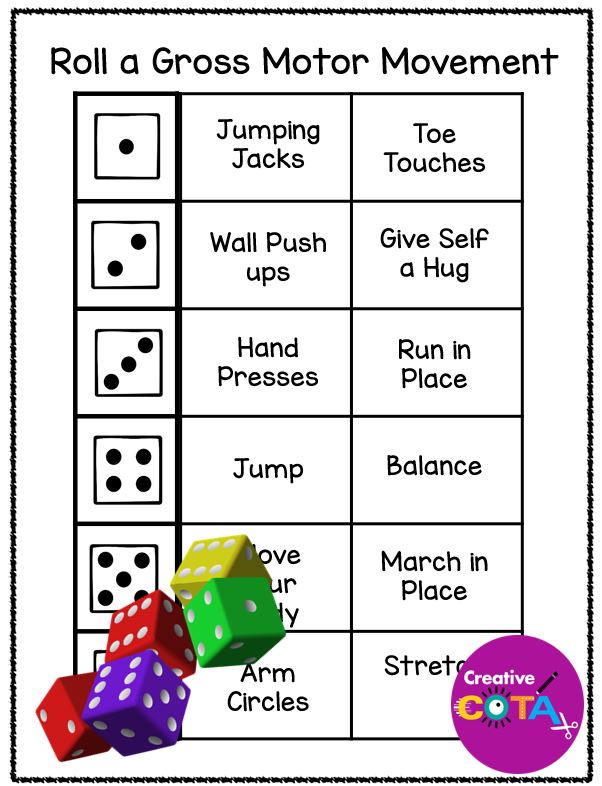

The integration of gross motor brain breaks emerges as a multifaceted strategy with profound implications for student focus, classroom management, and social-emotional development. As educators, let’s embrace the power of movement to unlock the full potential of our students. By cultivating an environment that prioritizes both learning and enjoyment, we lay the foundation for a transformative educational experience.
About the Author
I am a Certified Occupational Therapy Assistant (COTA) and have been working in a public school system for more than 25 years. My resources can be found on TPT, BOOM Learning, Made by Teachers, Classful, and Your Therapy Source. I appreciate your interest wherever you wish to shop.
My mission is to help you find creative ideas to incorporate fine motor, visual perception, gross motor, and social-emotional learning into your lessons.
I hope you consider signing up for my Free Resource Library with your Email. I send out emails about once a week and share resources, tips, and planning ideas for your classroom or occupational therapy needs. Hopefully, these help your students work on building their skills in a fun and engaging way.
Thank you for your interest in my resources and ideas. I hope you will consider following my journey on TPT or wherever you wish to shop.
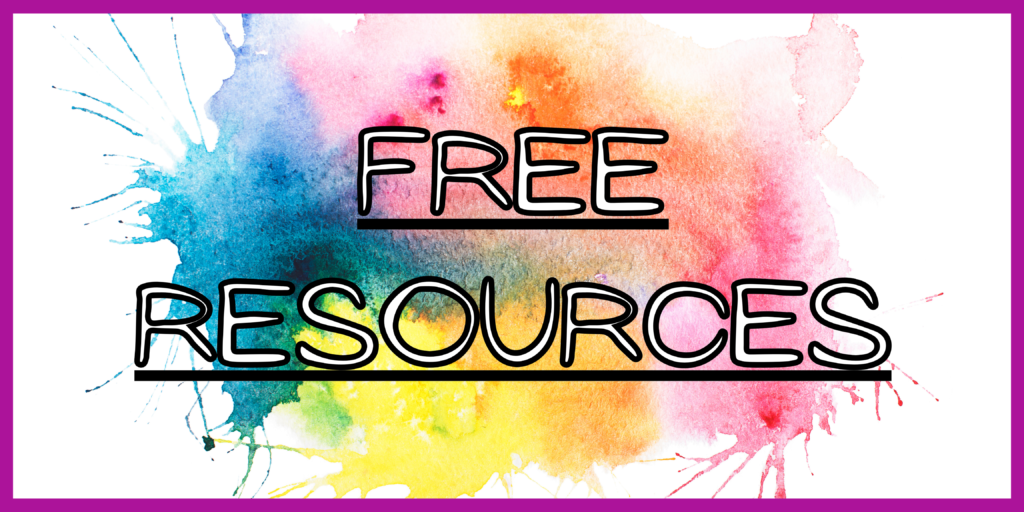
Cindy@CreativeCOTA.com
